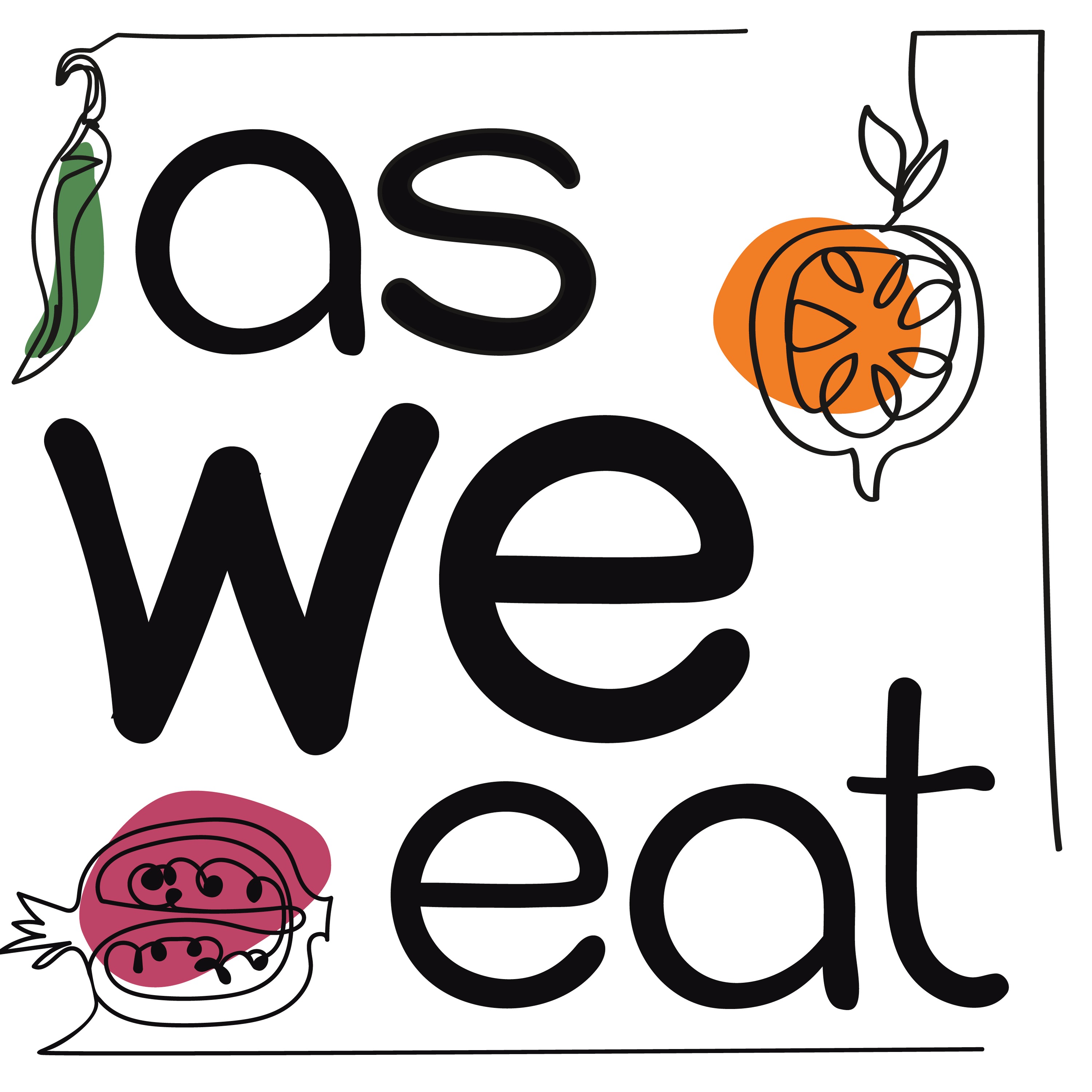EP 68 Sowing Traditions with Three Sisters Mash
25m | Aug 29, 2023Food uniquely bridges our history and culture, bearing stories of resilience, connection, and sustenance across generations. Today, we dive into the flavors and heritage of The Sioux Chef's Indigenous Kitchen through a recipe that spotlights three indigenous ingredients woven into a rich tapestry of ancestral foodways.
Hey there, it's Leigh, and I'm excited to dive into a really remarkable culinary journey with you. You know, food is so much more than sustenance; it's a vessel for stories, culture, and history. Today, my amazing co-host, Kim Baker, and I are exploring the recipe that I chose to create from "The Sioux Chef's Indigenous Kitchen" cookbook. This recipe isn't just about cooking; it's about embracing the flavors and heritage of three indigenous ingredients, and we're about to share how it deeply touched us.
Rediscovering Indigenous Foods:
As I flipped through the pages of "The Sioux Chef's Indigenous Kitchen," one recipe leaped out—the Three Sisters Mash. It struck a chord because I'd learned about companion planting in school, and these sisters were familiar to me. This led me to ponder the remarkable awareness of Native Americans who recognized this planting synergy centuries ago. It's almost like they knew the secrets of nature's harmony.
The Three Sisters: A Sacred Story
The Three Sisters, corn, squash, and beans, which work together symbiotically in the garden to support and protect each other. This story serves as a beautiful parable, emphasizing the power of collaboration and the creation of something greater than ourselves.
Chef Sean Sherman's Three Sisters Mash brings this ancient planting wisdom to life. This isn't just gardening; it's a dance of support and collaboration that echoes through the ages.
The Journey of One Bean
I stumbled on the unique story of one of the sisters while in Arizona, the tepary bean.These beans were vital to the Tohono O'odham culture, but their story remained a mystery to me. Curiosity got the best of me, and I dug deeper, uncovering a tale of resilience, loss, and reclamation.
The Power of Intentionality
Alright, let's get cooking! Armed with intention, I embarked on the Three Sisters Mash recipe. Harvesting cedar for braising and selecting ingredients thoughtfully, I crafted a dish that felt like a tribute. The textures, flavors, and the surprising combination of sage and mint created a delicious dish that truly pays homage to indigenous food traditions.
Kim's Insights on Authenticity
Enter Kim, my co-host, and a discussion on authenticity unfolds. We muse about the blurred lines between authenticity and intentionality. How do we respect traditions while embracing modern adaptations?
Embracing Indigenous Foodways
Our conversation takes us deeper into the movement of reclaiming indigenous foodways. We uncover businesses like Indigenous Eats and All All Cafe, champions of preserving indigenous cuisines. It's a reminder that curiosity unveils treasures beyond our imaginations.
Sources We Found Helpful for this Episode
- Tastemakers, Ramona Farms
- Indigenous Eats, Spokane, Washington
- alalcafe, Seattle, Washington
- Off the Rez, Seattle Washington
Books We Think You’ll Enjoy Reading
- The Sioux Chef’s Indigenous Kitchen, Sean Sherman & Beth Dooley
Recipes You Really Need to Try
Transcript
🎧 Click here for the full, interactive transcript of this episode 🎧
We would love to connect with you
AsWeEat.com, on Instagram @asweeat, join our new As We Eat community on Facebook, or subscribe to the As We Eat Journal.
Do you have a great idea 💡 for a show topic, a recipe 🥘 that you want to share, or just say “hi”👋🏻? Send us an email at connect@asweeat.com
Review As We Eat on Podchaser or Apple Podcast. We would like to know what you think.
As a member of affiliate programs, we earn from qualifying purchases at no additional cost to you. This helps us to continue to bring you stories, history, and personal musings about food, cuisines, traditions, and recipes
Support this podcast at — https://redcircle.com/as-we-eat8938/donations
